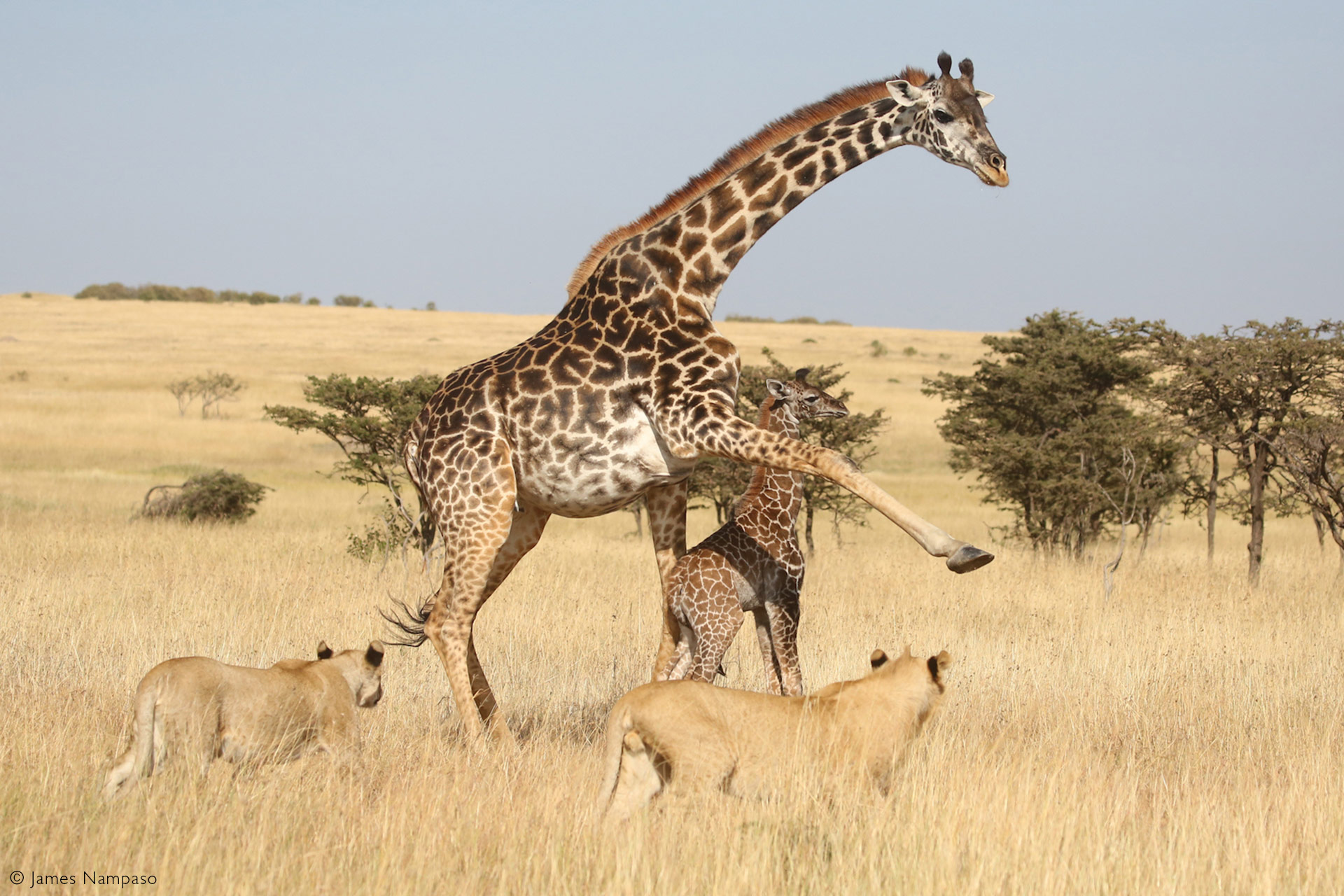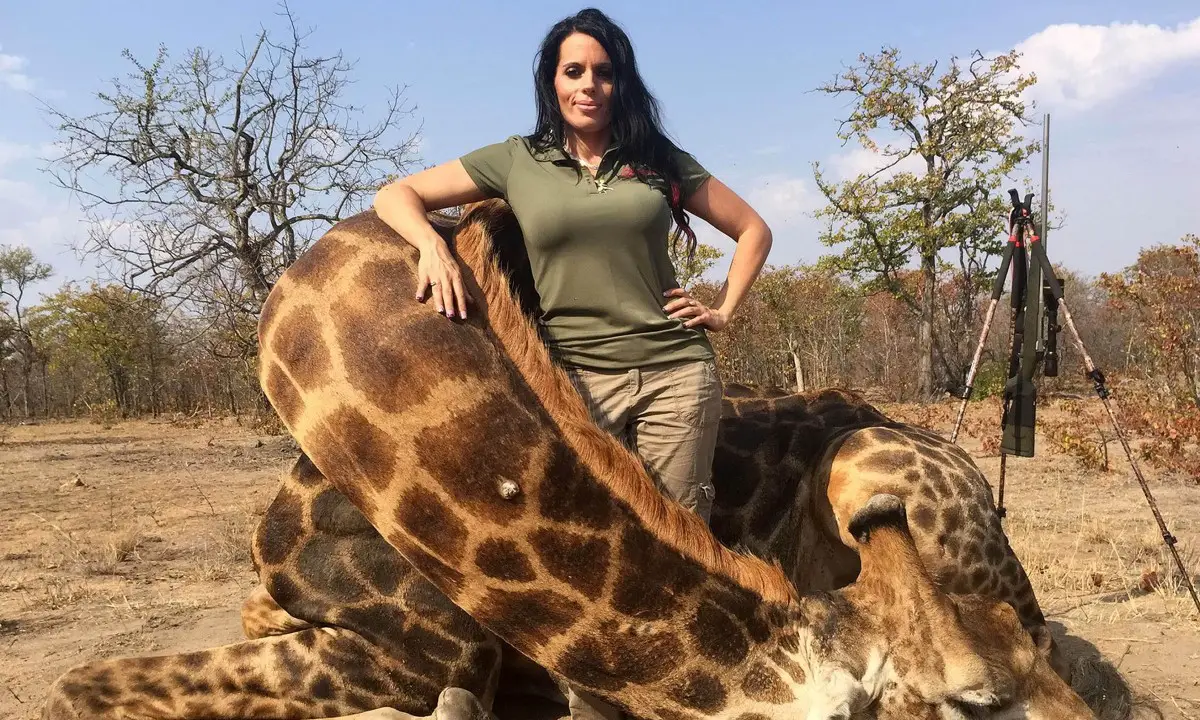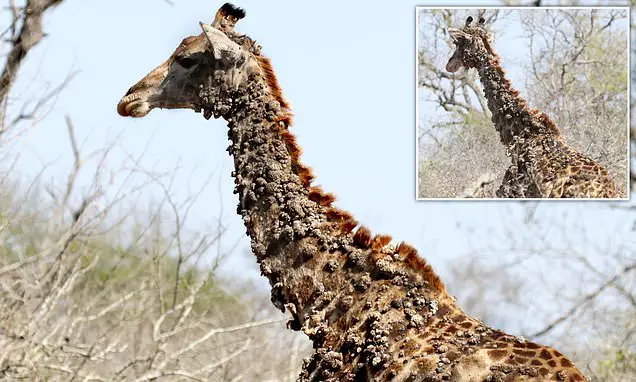Giraffes, the tallest land animals on Earth, captivate us with their unique appearance and graceful demeanor. However, beyond their majestic presence lies a series of challenges that these magnificent creatures face in the wild. This article delves into the myriad of challenges giraffes encounter and the strategies they employ to navigate their often perilous environment.
Table of Contents
Giraffe Facts
Lifespan
Giraffes typically live between 20 to 25 years in the wild, although in captivity they can live slightly longer, often reaching up to 28 years due to the absence of predators and the provision of consistent care and nutrition (Giraffe Conservation Foundation) .
Diet
Giraffes are herbivores, primarily feeding on leaves, flowers, fruits, and shoots of woody plants, with acacia trees being their favorite. An adult giraffe consumes approximately 75 pounds (34 kilograms) of foliage daily. Their long necks allow them to reach high branches that other herbivores cannot, giving them access to abundant food sources.
Social Structure and Family Life
Giraffes are social animals that live in loose, open herds with no defined leadership or long-term bonds. These herds are fluid, often changing composition. They can range from a few individuals to dozens and include both sexes and various age groups. Female giraffes are known to form closer bonds, particularly mothers and their calves, while males tend to be more solitary or form temporary bachelor groups.
Reproduction
Female giraffes reach sexual maturity at about four years of age, while males mature around seven years. Giraffes do not have a specific breeding season and can reproduce year-round. After a gestation period of about 15 months, a female gives birth to a single calf, although twins are rare. The calf is born standing, and within a few hours, it can run, which is crucial for escaping predators. The calf will nurse for about 9 to 12 months but will start eating solid food around four months.
Important Notes
- Height and Weight:
Adult male giraffes can reach heights of up to 18 feet (5.5 meters) and weigh as much as 3,000 pounds (1,360 kilograms). Females are slightly shorter and lighter, generally standing around 14 feet (4.3 meters) tall and weighing up to 2,600 pounds (1,180 kilograms). - Neck Structure:
Despite their long necks, giraffes have the same number of neck vertebrae as most other mammals (seven). These vertebrae are simply much longer. - Adaptations:
Giraffes have evolved to avoid competition for food with other herbivores. Their long necks allow them to feed on high branches, while other animals graze closer to the ground. They also have specialized tongues and lips that can handle the thorns of acacia trees. - Conservation Status:
Giraffes are currently listed as vulnerable by the IUCN, with some subspecies being critically endangered. Conservation efforts are crucial to protect their habitats and ensure their survival.
Challenges and Survival Strategies
What are the challenges giraffes encounter and the strategies they employ to navigate their often perilous environment?
Habitat and Distribution
Giraffes are primarily found in sub-Saharan Africa, inhabiting savannas, grasslands, and open woodlands. Their habitat preferences are driven by the availability of food, particularly the leaves of acacia trees. However, habitat fragmentation due to human activities, such as agriculture and urban development, poses significant threats to giraffe populations. As their habitats shrink, giraffes are forced into smaller areas, increasing competition for resources and leading to higher risks of inbreeding and disease transmission.
Predation Pressure

While adult giraffes have few natural predators due to their size and powerful kicks, calves are vulnerable to attacks from lions, hyenas, leopards, and African wild dogs. The mortality rate for giraffe calves is high, with estimates suggesting that up to 50% of calves may fall prey within their first year of life. Giraffe mothers employ various strategies to protect their young, including forming nursery groups where several mothers collectively watch over their calves. Additionally, the height advantage of adult giraffes allows them to spot predators from a distance and take evasive action.
Water Scarcity
Giraffes have adapted to survive in environments where water is scarce. They can go for weeks without drinking water, relying on the moisture content of the leaves they consume. However, when they do drink, giraffes are vulnerable to predation due to the awkward and vulnerable position they must assume to reach the water. This necessitates careful selection of drinking sites, often opting for areas with better visibility and fewer predators.
Human-Wildlife Conflict

As human populations expand, giraffes increasingly come into contact with agricultural and urban areas, leading to conflicts. Giraffes may be hunted for their meat, hides, and tails, or killed in retaliation for raiding crops. Additionally, road networks fragment their habitats and pose direct risks through vehicle collisions. Conservation efforts must address these conflicts through community-based initiatives that promote coexistence and sustainable land-use practices.
Disease and Parasites

Giraffes are susceptible to various diseases and parasites, which can have significant impacts on their health and survival. Hemorrhagic septicemia, a bacterial disease, and giraffe skin disease (GSD), a condition causing skin lesions, are notable concerns. Parasites such as ticks and worms also pose continuous threats. Monitoring and managing these health challenges require collaboration between wildlife veterinarians, researchers, and conservationists.
Climate Change
Climate change poses a long-term threat to giraffe populations by altering their habitats and food availability. Changes in rainfall patterns can affect the growth of acacia trees, their primary food source. Prolonged droughts can lead to food and water shortages, forcing giraffes to travel longer distances and increasing their exposure to predation and human-wildlife conflict. Conservation strategies must incorporate climate resilience to ensure the long-term survival of giraffes.
Genetic Diversity
Maintaining genetic diversity is crucial for the resilience of any species. Habitat fragmentation and population decline reduce the genetic pool of giraffes, making them more susceptible to diseases and reducing their adaptability to changing environments. Conservation programs often include translocation and managed breeding to enhance genetic diversity and ensure the long-term viability of giraffe populations.
Giraffe population
The giraffe population has seen varied changes over the last decade, according to several sources, with some species experiencing growth and others facing declines. Here's a table summarizing the population trends of different giraffe species from 2015 to 2020:
| Giraffe Species | 2015 Population | 2020 Population | Percentage Change |
|---|---|---|---|
| Northern giraffe | 4,898 | 5,919 | +24% |
| Masai giraffe | 31,611 | 45,402 | +44% |
| Reticulated giraffe | 8,661 | 15,985 | +85% |
| Southern giraffe | 51,969 | 48,016 | -7% |
In total, the global giraffe population increased by nearly 20% from around 97,562 in 2015 to approximately 117,173 in recent years. This rise is primarily attributed to successful conservation efforts, improved survey techniques, and increased awareness of giraffe conservation needs (Treehugger) (Africa Geographic) (Giraffe Conservation Foundation).
Conclusion
Giraffes face a complex array of challenges in the wild, from habitat loss and predation to climate change and human-wildlife conflict. However, through adaptive strategies and the concerted efforts of conservationists, researchers, and local communities, there is hope for the future of these iconic animals. By protecting their habitats, mitigating threats, and fostering coexistence, we can ensure that giraffes continue to grace the African landscapes for generations to come. Their survival is not only a testament to their resilience but also a reflection of our commitment to preserving the natural world.

